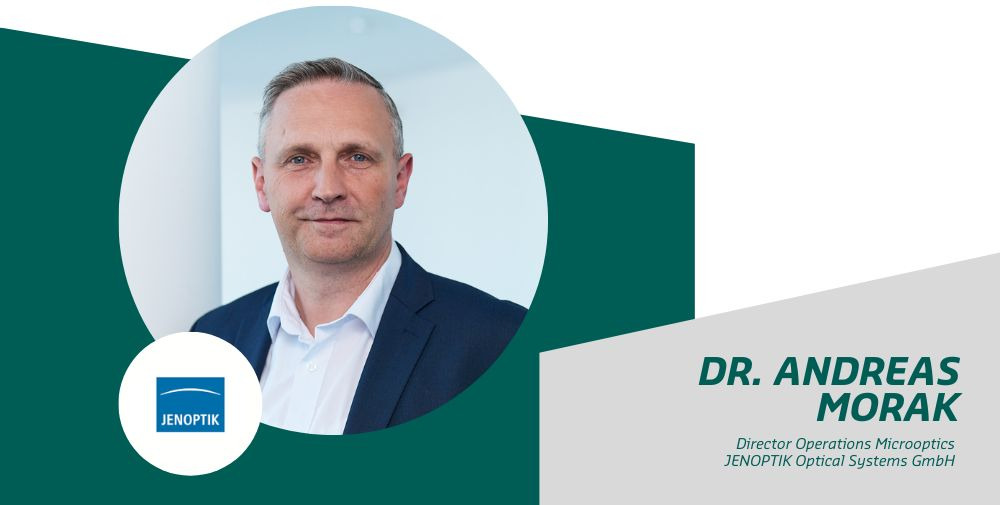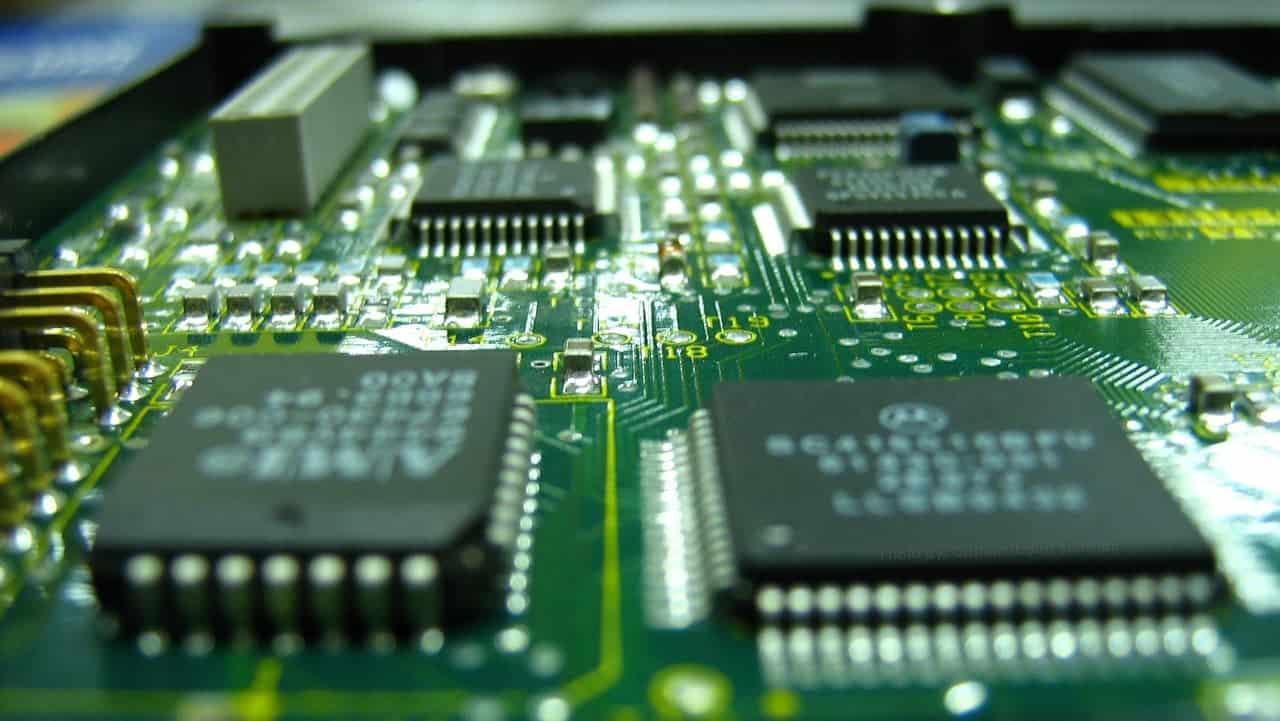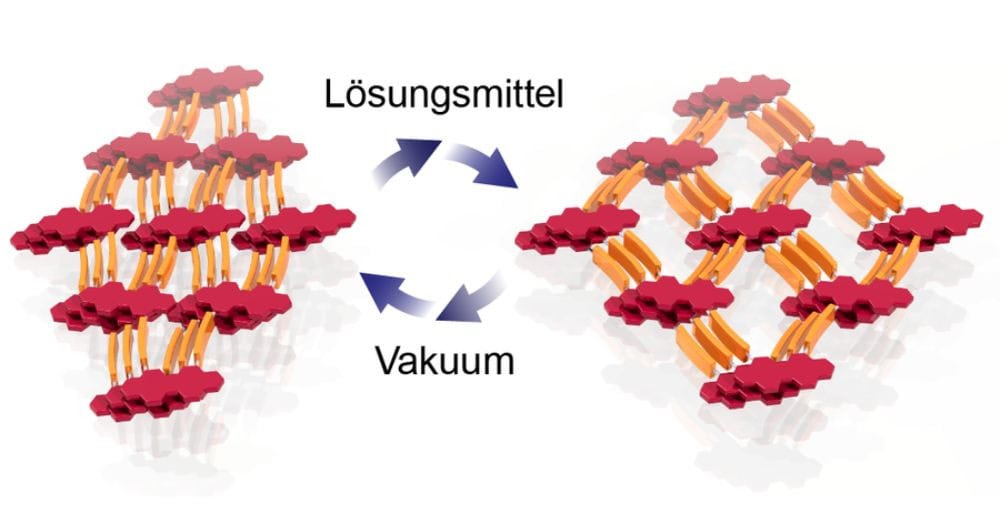But before that, let’s take a brief look at Jenoptik in Dresden.
- Date of opening: end of 2024 (production start: beginning of 2025)
- Initial investment costs: 70 million EUR
- Size of the plant (area): 11,000 m²
- Size of clean room(s): 2,000 m²
- Produced structure sizes/design equipment: optically active structures up to 100 nm
- Number of employees: >120
- Skilled workers sought: microtechnologists, engineers specializing in packaging and interconnection technology, precision mechanics, technology development staff
Dr. Morak, what is the importance of the Dresden site for the Group?
We have already been active in Dresden since 2007. Now, with the new high-tech fab, we want to bundle our manufacturing, which is currently spread over several smaller sites, and expand our capacities at the same time. This will make Dresden one of our main locations for micro-optics. The region is one of the most important centers for the semiconductor industry in Germany and Europe. Here we have the proximity to many other globally active companies and research facilities, and in addition the supporting trades and infrastructure are already very well designed for the industry.
In which specific areas have investments been made since opening and how high were these investments in total?
We want to complete construction by the end of 2024, with the start of production planned for early 2025. In our area planning, we have also earmarked approx. 40 percent for later expansion or expansion options. In total, Jenoptik is investing over 70 million euros in the construction of the new production site at Airport-Park Dresden.
For what purposes is the Dresden site producing? What exactly can the chips produced do and in which sectors/industries are they used?
We do not produce chips in Dresden, but micro-optics and sensors that are used in semiconductor equipment manufacturers’ lithography systems. Thus, for many years, we have been a reliable technology and manufacturing partner of this industry, which has to serve an enormous global demand for semiconductor components and microelectronics.
There are now five fabs, numerous supplier companies and research institutions as well as microelectronics-related software companies in Saxony. In which areas is the network particularly important for your company?
Since 2007, we have been cooperating closely with many suppliers in the fields of lithography and electronic components. We would like to strengthen and further expand this successful network even after the move to our new location. The regionally based research institutions provide valuable technological contributions for the further development of our series products and, with their international orientation, strengthen Saxony’s attractiveness for skilled workers from all over the world.
Are there any specific cooperation projects here with other players at the site and, if so, which ones?
Since 2012, for example, we have had a close cooperation with the Fraunhofer IPMS on development and measurement services. The institute’s numerous technical capabilities provide an ideal basis for the development of innovative photonic products. Even after the opening of our high-tech fab, we want to continue this in order to communicate our technologies and location attractiveness.
Furthermore, we cooperate with various companies on a project-specific basis and make use of their respective specialized knowledge.
The topic of skilled workers not only moves us. Currently, Saxony’s ICT sector is growing by around 5,000 skilled workers per year, which equates to over 100,000 skilled workers in 2030 if growth remains constant. What role does direct proximity to other fabs play in the context of your skilled workers strategy? Does it make the location more attractive or the competition greater?
Of course, attracting skilled workers is also a key concern for us. Jenoptik is also contributing to growth in this area. Currently, we want to expand our teams in Dresden to more than 120 employees. This includes positions from production to development. Through the network, we therefore make intensive use of the opportunities to exchange information with other companies and institutions. In addition, there are also educational institutions here with a corresponding technical focus through the Technical University of Dresden or the Chip Academy. In terms of young talent in the industry, this is also a decisive factor for the location.
In the long term, it is also a matter of creating conditions not only market- and subject-specific, but also sociopolitical, in order to keep our skilled workers in the region, while at the same time attracting new skilled workers to us and also appealing to young talent.
Intel is planning a so-called mega-fab with Magdeburger. TSMC is making the largest single investment in Germany since reunification, and other players are also expanding their sites in and around Dresden. What impact does this have for you with regard to supply chains, service providers, raw materials and also skilled workers?
The establishment of the major players is a significant economic factor for the entire region, which also reflects the increasing importance of semiconductor products in other industries and in our everyday lives. However, it is also necessary that the infrastructure is expanded at a similar pace so that the supporting trades can keep pace as well. The region needs a certain diversity and quality in partners and suppliers. Discussions about security of supply for water and energy, logistics and infrastructure also need to be conducted with foresight and common sense.
What is your vision for the site? How (with concrete examples if you like) should it be developed further?
Initially, the focus will be on completing the new high-tech factory at our site on schedule. This will be followed by the full start of production.
Naturally, there are very ambitious growth targets for the medium term, based on global growth forecasts for the semiconductor sector. The Jenoptik site offers the possibility of almost doubling the manufacturing area.
What are concrete support measures that are necessary on the way to this vision? Keyword: support programs, education sector, skilled labor strategies, measures at state or federal level, etc.
For our long-term success as a company, we also need socio-political framework conditions that promote and reward openness. Openness to progress and technology, to diversity, free exchange and free movement of workers. Those who close themselves off will shut down. No one in Silicon Saxony wants that. Instead, we want to be a beacon for progress and success.
Thank you for the interview, Dr. Morak.
This interview was published for the first time as part of our magazine NEXT “In Focus: Microelectronics”. All other interviews of the Saxon semiconductor plants can be found in the complete edition.
👉 Go to the complete issue of the magazine



